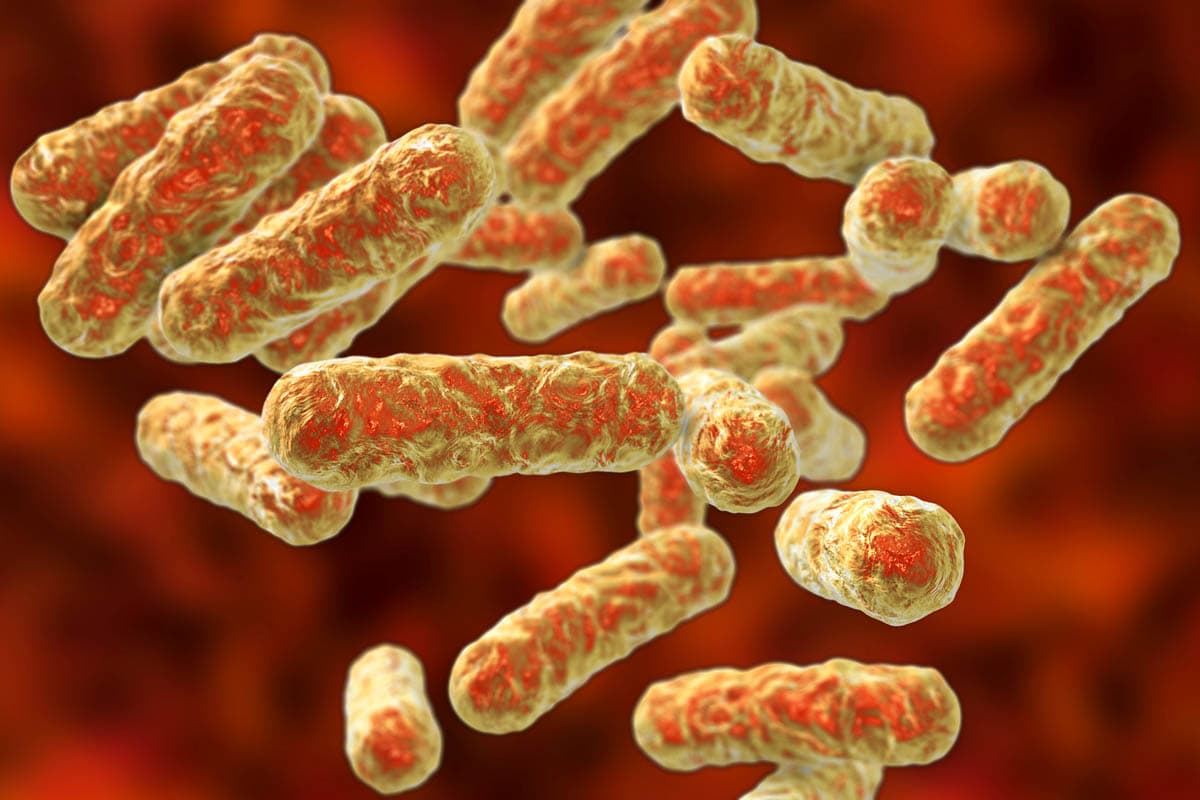About: Cat Scratch Disease (CSD) is a zoonotic infection caused by the bacterium Bartonella henselae that can be spread from cats to humans. Infection occurs via bite wounds or scratches from cats or other objects such as thorns and splinters.Symptoms (cats):
Symptoms (people):
Treatment: The goal of treatment is to relieve symptoms. |
What is cat scratch disease?
Also known as cat scratch fever, subacute regional lymphadenitis or Teeny’s disease, cat scratch disease (CSD) is a self-limiting, zoonotic infection (transmitted from animals to humans). Cat scratch disease is associated with cat scratches (although cat bites and licks can often lead to CSD too), with more than 90% of those infected have a history of contact with a cat.
The disease is caused by a recently discovered gram-negative bacterium called Bartonella henselae and is found worldwide. It is more common in warm and humid climates as fleas are more prevalent under these conditions. 80% of those affected are children (under 17 years), and most cases come from kittens, although adult cats can also pass on the disease.
Transmission to cats
Fleas pass Bartonella from one cat to another via flea feces which contains the bacterium. As the flea feeds, feces are deposited onto the cat’s skin which is transferred to the mouth and claws as the cat grooms himself. It is not possible to pass on the disease from human to human.
One study showed approximately 80% of cats had positive antibodies to the bacteria, and approximately 50% of cats carry the Bartonella henselae but are asymptomatic.
Transmission to people
Cats are the main reservoir of CSD although puncture wounds and scratches from dogs, thorns, splinters and even fish bones have been implicated in a few cases too. Although the bacterium is relatively common in cats, it is quite rare to catch CSD, which indicates that it’s somewhat difficult to catch. Infection occurs in humans via a bite, scratch or puncture.
Tick bites may transmit the bacteria to humans; however, is no evidence the bacteria can pass from fleas to humans.
Symptoms in cats
Most cats are asymptomatic; when clinical signs are present, they can include:
- Fever
- Swollen lymph nodes
- Muscle soreness
- Uveitis (inflammation of the uvea in the eye)
Symptoms in people
Typical CSD
Typical CSD occurs in immunocompetent people. In between 25 and 60% of cases, a pustule forms at the site of the scratch which the patient may mistake for an insect bite, known as an inoculation lesion, a wound at the site where the bacteria enter the body.
Lymphadenopathy (swollen lymph nodes, especially those in the armpits, head, and neck) appear approximately 1-3 weeks after the scratch in between 85-90% of patients.
Other common symptoms may include:
- Malaise
- Aching
- Loss of appetite (anorexia)
- Fever
- Headache
Atypical CSD
Bacillary angiomatosis is a syndrome that is most often seen in immunocompromised people such as those with AIDS, undergoing chemotherapy or organ recipients. Severe skin lesions develop, patients may develop a prolonged high fever, sweats, chills, poor appetite, myalgia (muscle pain), vomiting, weight loss, bone lesions and occasionally seizures.
A small number of immunocompromised people develop other atypical manifestations affecting different organs.
- Hepatosplenic CSD – Liver and spleen involvement. Symptoms include fever and abdominal pain.
- Neuroretinitis (inflammation of the neural retina and optic nerve) can occur in approximately 2% of cases. Typical symptoms include ocular pain, partial vision loss and photopsia (perceived flashes of light).
- Encephalitis – Inflammation of the brain, occurring in 1-7% of cases. Symptoms may include a headache, lethargy, fever, confusion, and seizures.
- Parinaud’s oculoglandular syndrome occurs in between 17-20% of CSD cases, conjunctivitis with swollen lymph nodes near the inoculation site. Symptoms of which include the feeling of a foreign body in the eye, a red-meaty appearance to the eye, ocular discharge and tearing. Transmission can occur if the eyelid or conjunctiva via the scratch of an infective cat, or if a person rubs their eyes after recent contact with a cat.
Between 12-29% of veterinarians have shown positive skin tests and 5% of healthy people in other jobs, which indicates that while they have had the infection, symptoms have been mild or not apparent at all.
Diagnosis
A recent history of exposure to a cat bite or scratch cats may give your doctor a reasonable index of suspicion for cat scratch disease. The bacteria can be somewhat tricky to culture in cats and people as it may only circulate in the blood intermittently.
Diagnostic workup:
- Blood culture and sensitivity to determine the pathogen involved and the most effective antibiotic
- Indirect fluorescent assay (IFA)
- Polymerase chain reaction (PCR)
- A biopsy of the affected lymph node for evaluation.
Immunocompromised people may want to test their cat too.
Treatment
In most cases, the disease is self-limiting and will resolve itself in time, however, it can take several months for lymph nodes to go down.
- Reduce the pain of swollen lymph nodes with warm, damp compresses.
- Pain relief if necessary, your doctor will be able to advise on the best medication.
- Occasionally your doctor will aspirate pus from the lymph node to reduce pressure and pain.
- In severe cases or patients who are immunocompromised, antibiotics will be prescribed. Azithromycin (Zithromax), rifampin, ciprofloxacin, doxycycline, and gentamicin are usually the antibiotics of choice.
How can I reduce my risk of getting cat scratch disease from my cat?
- Avoid bites and scratches (especially in children) by teaching them to be gentle with cats, and avoid roughhousing.
- Clean and disinfect cat bites or scratches immediately.
- Consult your doctor if the wound becomes infected, or you develop any of the symptoms described.
- Don’t let cats lick your eyes, wounds or chapped skin on your body.
- Proper flea control is especially important as fleas are responsible for transmitting the bacteria to cats.

